Dear MOby,
How do tire balancing beads work? I just had a rear tire replaced and the shop installed Dynabeads. I had never heard of them before.
Phil Wilson
Unleaded
Dear Phil,
Dynabeads are little ceramic beads small enough to pour inside your tire through the valve stem. Once inside there, through a miracle of physics nobody understands, they distribute themselves to balance the tire, naturally migrating to the lightest areas. Dynabeads says your front motorcycle tire takes about one ounce of beads, and most rears take about two ounces. Once they’re in there, they continually redistribute themselves every time you ride to keep the tire in perfect balance even as it wears. With them, you supposedly don’t need external wheel weights at all.
At Dynabeads website, they’re the greatest thing since the pneumatic tire itself, eliminating the need for tire-balancing equipment, making your tires last longer and without cupping or weird wear patterns, giving you a smoother ride all the while. They sell them for everything from fleet trucks to RVs to ATVs.
You can spend as much time on motorcycle forums as you want: Some people love their Dynabeads, some like to balance their tires the old-fashioned way – but everybody agrees they seem to work to balance tires, and in most cases better than using external weights.
Downsides seem to be that the occasional bead will get stuck in the valve stem core and wedge it open, leaving you with a flat. Dynabeads says, “If you don’t have the filtered valve-stem cores, simply remember to rotate the valve stem somewhere around the 6:00 position and give the stem a quick shot of compressed air BEFORE checking air pressure. For 90° valve stems, always give it a quick shot of air before checking.” That sounds like kind of a PITA. Then again, DB sells filtered cores for $1.50 each.
Meanwhile on the other side of town, Counteract claims its glass beads are the only way to fly and will even improve your fuel economy.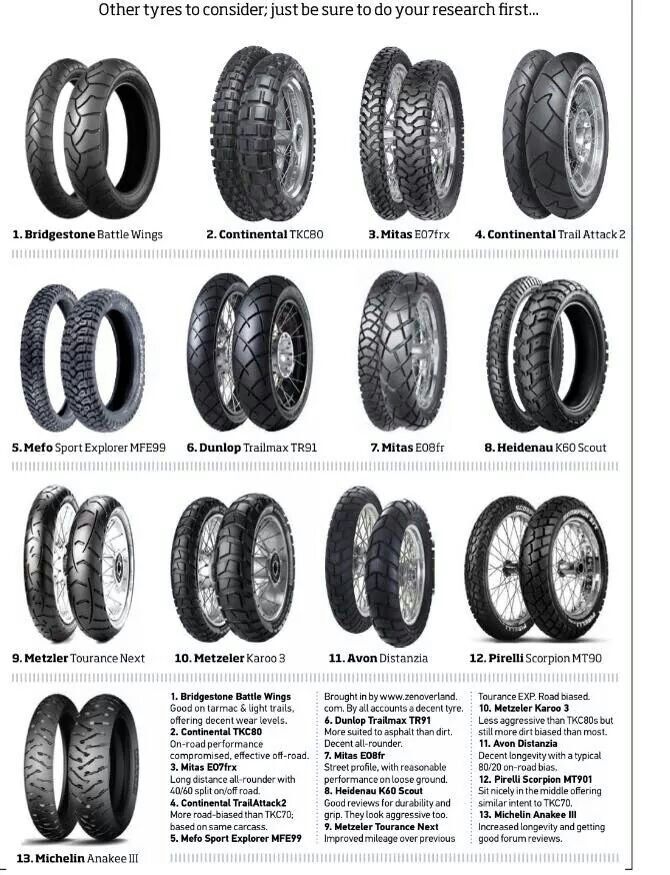
Dunlop, naturally, and every other tire maker probably, has to poop on the parade by stating on its site: “Dunlop does not recommend the use of dry or liquid balancers/sealers and will not warrant tires into which these materials have been injected. Tire and wheel assembly balance must be checked with a balance stand or computer wheel balancer.”
Counteract returns fire with: “No, Counteract does not void any tire warranties. Due to our patented technology Counteract does not harm the inside of a tire, once removing Counteract from a tire you would never know it was inside. Warranties are only voided if the internal balancer has caused harm to the interior of the tire carcass, or you can tell that something was installed inside the tire. None of these happen using Counteract.”
Pick your side. Let us know how your Dynabeads work out. Seems to us like they’d be ideal for the cheapskate home tire changer working without a balance stand.
Send your moto-related questions to [email protected].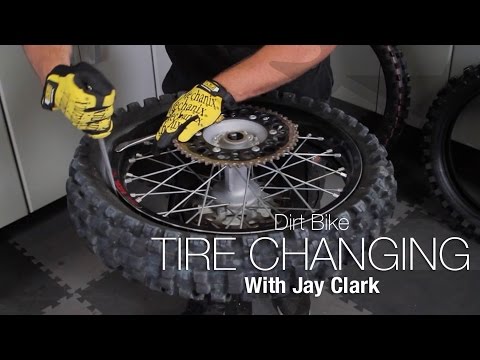 If we can’t answer them, we’ll at least make you feel temporarily better by thinking you’re talking to somebody who knows what they’re talking about even if we don’t. And if we’re wrong, some smart aleck like Dick Ruble will let us all know immediately.
If we can’t answer them, we’ll at least make you feel temporarily better by thinking you’re talking to somebody who knows what they’re talking about even if we don’t. And if we’re wrong, some smart aleck like Dick Ruble will let us all know immediately.
Recent Ask MOs:
Why Do Nails Only Puncture REAR Tires?
Why is My Suspension So Stiff?
What Kind of Battery Do I Want?
Now: $16.95 - $20.95
Frequently bought together:
Dyna Beads dynamically balance tires on the move, resulting in a smoother ride, and one that lasts the life of the tire.
Dyna Beads are small ceramic spheres, high in density and perfectly smooth, that travel inside the tire to locate themselves opposite heavy points to eliminate out-of-balance motion.
The result is not only a smoother ride, but a better look - Dyna Beads eliminate the need for spoke or stick-on weights applied to those beautiful alloys. They can be used with tubes or tubeless tires, and work for scooters as well.
Dyna Beads are 100% environmentally friendly ceramic, impervious to moisture, and non-abrasive to inner liners and tubes. No special air drying is needed, and Dyna Beads can be installed directly into the tire at mounting time, or after, through the valve stem.
| Motorcycles | ||||||
| Motorcycle applications are easy for all bikes, 2 wheel or 3 wheel | ||||||
| Front | ||||||
| 80 - 120 mm tire width | 1 oz | |||||
| 80 - 120 mm tire width (BMW Telelever only) | 2 oz | |||||
| 130 mm tire width | 2 oz | |||||
| Rear | ||||||
| 130 mm - 240 mm width | 2 oz | |||||
| 250 mm - 360mm tire width | 3 oz | |||||
| 195 - 205 car tires on the rear | 3 oz | |||||
| M Series Tires Sizes | ||||||
| MH – use 80 mm width | MR– use 120 mm width | |||||
| MJ– use 90 mm width | MT– use 130 mm width | |||||
| MM– use 100 mm width | MU– use 140 mm width | |||||
| MN or MP– use 110 mm width | MV– use 150 mm width | |||||
| These codes are typical for Harleys but can be for any tire. | ||||||
| Scooters | ||||||
| 10" diameter wheels (scooters) | 1 oz | |||||
| 12" & Up diameter wheels (scooters) | 2 oz | |||||
| Dual Purpose / Off Road with Rim Locks | ||||||
| Front - 80 - 120 mm tire width | 2 oz | |||||
| Rear - 130 -230 mm width | 3 oz | |||||
Rim Locks - add one ounce over what you normaly use for that size tire to accomodate the additional weight of the rim lock. Two rim locks opposite each other don't require any more Dyna Beads other than stated above, as they have a tendency to cancel each other out. Two rim locks opposite each other don't require any more Dyna Beads other than stated above, as they have a tendency to cancel each other out. | ||||||
| Note: Filtered valve cores do not fit all stems. They require a seat 1-1/4" down in the stem. If you cannot use them, simply rotate the tire so the valve stem is about the 6:00 position, then give the valve stem a quick shot of air prior to checking pressure. | ||||||
View AllClose
(2) 1 oz bags + Applicator: |
DBS-BP1 |
(1) 1 oz + (1) 2 oz + Applicator: |
DBS-BP2 |
(2) 2 oz bags + Applicator: |
DBS-BP3 |
View AllClose
Introduction
How to decipher the marking of motorcycle tires
Correspondence table for metric and inch tire marking systems
Conclusion
Motorcycle tires are impossible to choose correctly if you do not understand their sizes. Otherwise, at best, you risk bringing just a useless piece of rubber from the store. To determine the sizes, we have prepared a short decoding method and a comparison table of tire dimensions. nine0006
Otherwise, at best, you risk bringing just a useless piece of rubber from the store. To determine the sizes, we have prepared a short decoding method and a comparison table of tire dimensions. nine0006
Any motor rubber has a sea of information on the sidewall about the properties, purpose and, of course, size. We need to figure it out, and then compare the readings with the table. You can learn more about motorcycle tire labeling in our previous article.
As a rule, the main marking on the side of the tire looks like this: 120/80 R16 59S. This is the so-called metric marking. Let's understand it in more detail:
120 - profile width from edge to edge of the tread, expressed in millimeters. nine0006
80 - profile height, expressed as a percentage.
R - radial type of construction.
16 - diameter of the landing area. This indicator should correspond to the same diameter of the rim on which the tire will be put on.
59 - load index, or the maximum weight that the tire can withstand without loss of performance. We are looking for it in the table:
| Tire load index | |||||||
| 40 | 140 | 53 | 206 | 66 | 300 | 79 nine0059 | 437 |
| 41 | 145 | 54 | 212 | 67 | 307 | 80 | 450 | nine0060
| 42 | 150 | 55 | 218 | 68 | 315 | 81 | 462 |
| 43 | nine0062 56 | 224 | 69 | 325 | 82 | 475 | |
| 44 | 160 | nine0005 57 | 230 | 70 | 335 | 83 | 487 |
| 45 | 165 | 58 | 236 | 71 | 345 | 84 | 500 |
| 46 | 170 | 59 | 243 | 72 nine0059 | 355 | 85 | 515 |
| 47 | 175 | 60 | 250 | 73 | 365 | nine0062 530 | |
| 48 | 180 | 61 | 257 | 74 | 375 | 87 | nine0005 545 |
| 49 | 185 | 62 | 265 | 75 | 387 | 88 | 560 |
| nine0005 50 | 190 | 63 | 272 | 76 | 400 | 89 | 580 |
| 51 | nineteen5 | 64 | 280 | 77 | 412 | 90 | 600 |
| 52 | 200 | 65 nine0059 | 290 | 78 | 425 | 91 | 615 |
S is an index of the speed at which the bike can move without losing ride stability, grip and other useful tire characteristics.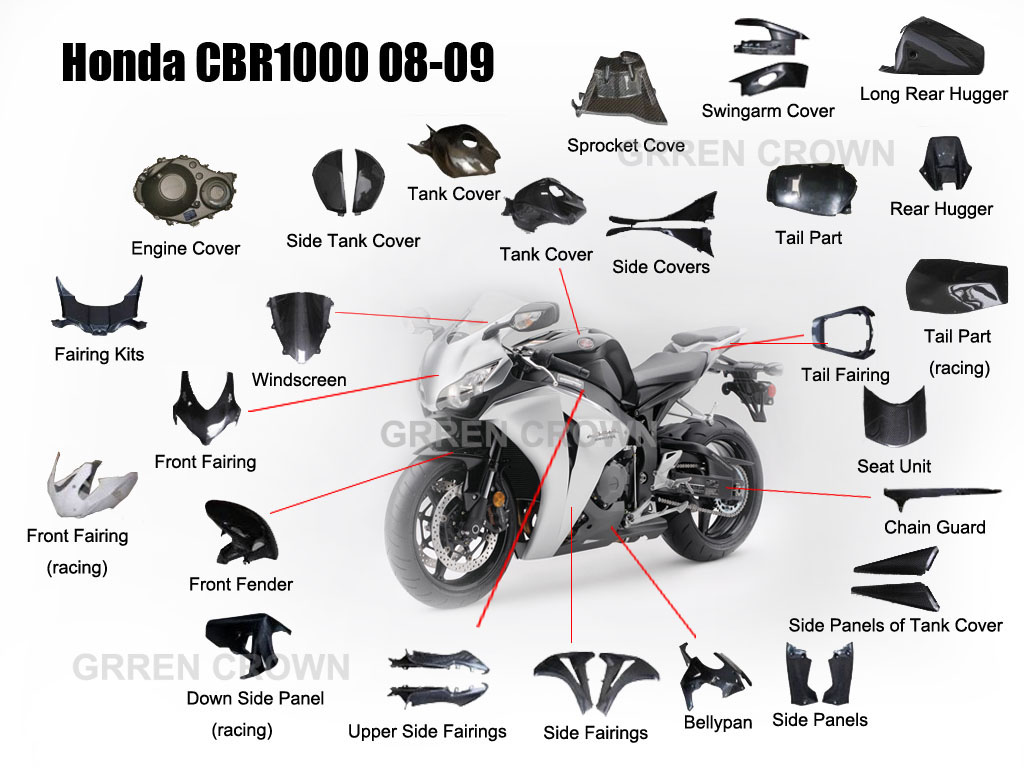 The value is also in a special table:
The value is also in a special table:
The models in the top are arranged in terms of price / quality ratio. In the process of writing it, we were guided by the reviews of amateur bikers, professional tests, and were also guided by our own subjective opinion and many years of experience with tires. nine0006
| Speed index | Maximum speed, km/h |
|---|---|
| A | 40 |
| B | 50 |
| C | 60 |
| nine0059 | 65 |
| E | 70 |
| F | 80 |
| G | 90 |
| J | 100 |
| nine0005 K | 110 |
| L | 120 |
| M | 130 |
| N | 140 |
| P | 150 |
| Q | 160 |
| R | 170 |
| S | 180 |
| T | 190 |
| U | 200 nine0059 |
| H | 210 |
| V | 240 |
| W | 270 |
| Y | 300 |
| VR | nine0005 >210 |
| ZR | >240 |
| (W) | >270 |
| Z | >300 |
This method of marking tires is followed by most manufacturers, but there are those who prefer alternative types, where the dimensions are indicated in inches. For example, this one is 3.25H-19. Everything is simple here: 3.25 is the tire width expressed in inches, H is the speed index, 19 is the bore diameter.
For example, this one is 3.25H-19. Everything is simple here: 3.25 is the tire width expressed in inches, H is the speed index, 19 is the bore diameter.
Sometimes an inch designation can be used instead of the usual millimeter, for example, like this: 4.60/80 R16.
There is a rather rare alpha system created mainly for sports tourists. For example, this type of MM90S-16, where: MM - profile width in inches (3.75), 90 - profile height in percent; S - speed index, 16 - diameter of the landing rim of the tire.
| Marking alpha | Width in inches |
|---|---|
| MG | 2.75 |
| MH | 3.00 |
| MJ | 3.25 |
| ML nine0059 | 3.50 |
| MM | 3.75 |
| MN | 4. |
| MP | 4.25 |
| MR | 4.50 |
| MS | 4.75 |
| MT | 5.00 |
| MU | 5.50 |
| MV | 6.00 |
To make it easier for you to determine what the inch size corresponds to in the metric system and vice versa, we have prepared a comparison table for you. nine0006
| Tire size in. | Load index | Permissible rim width, inch. | Tire size | ||||
| Alpha | Metric | ||||||
| Standard | nine0062 100 | 90 | 80 | ||||
| 2. | 40 | 46 | 1.50-1.85 | MH 90-16 nine0059 | 80/100-16 | 80/90-16 | 90/80-16 |
| 3.00-16 | 40 | 48 | 1.60-2.15 | MH 90-16 | nine0/100-16 | 90/90-16 | 100/80-16 |
| 3.25-16 | 48 | 55 | 1.85-2.50 | MJ 90-16 | 100/100-16 | 100/90-16 | 110/80-16 |
| 3.50-16 | 52 | 58 | 1.85-2.50 | ML 90-16 | 100/100-16 | 100/90-16 | 110/80-16 |
| 4.60-16 | 58 | 59 | 1. | MM 90-16 | 100/100-16 | 110/90-16 | nine0062 |
| 2.75-17 | 41 | 47 | nine0005 1.50-1.85 | MH 90-17 | 80/100-17 | 80/90-17 | 90/80-17 |
| 3.00-17 | 41 | 50 | 1.60-2.15 nine0059 | MH 90-17 | 90/100-17 | 90/90-17 | 100/80-17 |
| 4.50-17 | 50 | 67 | 2.15-3.00 | MR 90-17 | 110/100-17 | 130/90-17 | 140/80-17 |
| 4.60-17 | 50 | 62 | 1. | MS 90-17 | nine0062 110/90-17 | 120/80-17 | |
| 5.10-17 | 50 | 67 | 2.50-3.50 | MT 90-17 | 110/100-17 | 130/90-17 | 140/80-17 |
| 2.75-18 | 42 nine0059 | 48 | 1.50-1.85 | MH 90-18 | 80/100-18 | 80/90-18 | 90/80-18 |
| 3.00-18 | 47 | 52 | 1.60-2.15 | MH 90-18 | 90/100-18 | 90/90-18 | 100/80-18 |
| 3.25-18 | 52 | 59 | nine0005 1.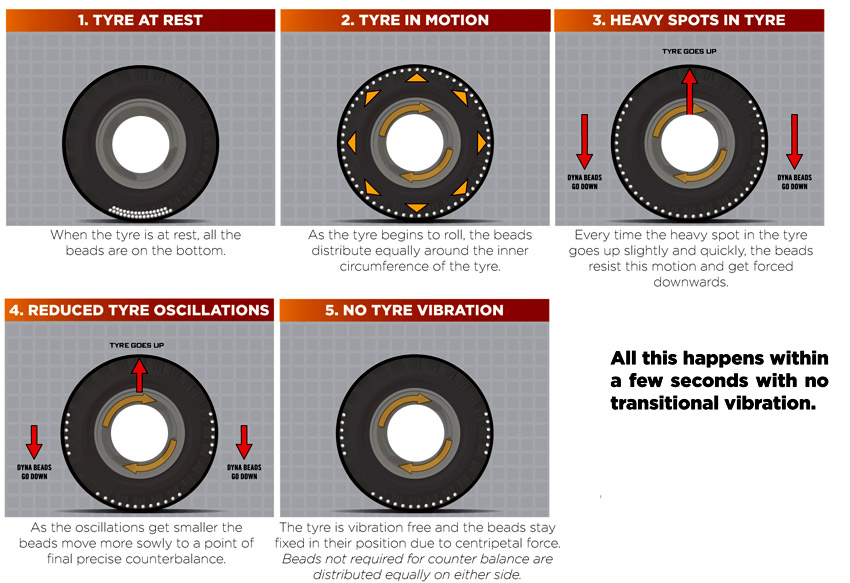 85-2.50 85-2.50 | MJ 90-18 | 100/100-18 | 100/90-18 | 110/80-18 |
| 3.50-18 | 56 | 62 | 1.85-2.50 nine0059 | ML 90-18 | 100/100-18 | 100/90-18 | 110/80-18 |
| 3.60-18 | 51 | 62 | 1.85-2.50 | nine0005 MH 90-18 | 100/100-18 | 90/90-18 | 100/80-18 |
| 4.00-18 | 64 | 69 | 2.15-3.00 | MN 90-18 nine0059 | 110/100-18 | 120/90-18 | 130/80-18 |
| 4.10-18 | 60 | 69 | 1.85-3.00 | ML 90-18 | nine0005 100/100-18 | 100/90-18 | 110/80-18 |
| 4. | 64 | 69 | 1.85-3.00 | MM 90-18 | 110/100-18 | 110/90-18 | 120/80-18 |
| 4.25-18 | 66 | 69 | 2.15-3.00 | ML 90-18 | 110/100-18 | nine0062 130/80-18 | |
| 4.60-18 | 63 | 69 | 1.85-3.00 | MR 90-18 | 110/100-18 | 120/90-18 | 130/80-18 |
| 3.00-19 | 49 | 54 nine0059 | 1.60-2.15 | MH 90-19 | 90/100-19 | 90/90-19 | 100/80-19 |
| 3. | 54 | 54 | 1.85-2.50 | MJ 90-19 | 100/100-19 | 100/90-19 | 110/80-19 |
| 3.50-19 | 54 | 57 | 1.85-2.50 | nine0062 100/100-19 | 100/90-19 | 110/80-19 | |
| 3.60-19 | 52 | 54 | 1.85-2.50 | MH 90-19 | 100/100-19 | 90/90-19 | 100/80-19 |
| 2.75-21 | 45 | 54 | 1.50-1.85 | MH 90-21 | 80/100-21 | 80/90-21 | 90/80-21 |
| 3. | nine0005 51 | 57 | 1.60-2.15 | MH 90-21 | 90/100-21 | 90/90-21 | 100/80-21 |
Keep this chart for yourself and you will always have data on how to determine the size of motorcycle tires. In the BlackTyres online store, the selection of new clothes will be much faster and easier, because you can choose tires according to the model and size of the wheels of your bike. Just sort them using filters and choose your favorite tires. nine0002
Introduction
What is the pressure in motorcycle tires?
How to properly set tire pressure?
What is the result of under/over pressure in motorcycle tires?
Conclusion
The safety and reliability of riding a motorcycle depends not only on which tires are used, but also on what level of pressure is maintained inside.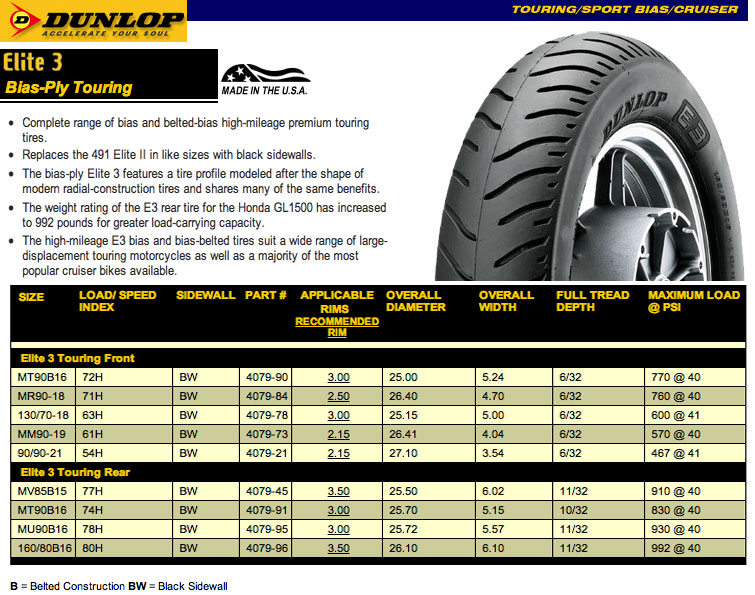 It is very dangerous to treat this carelessly. And why and how to correctly calculate the pressure in motorcycle tires - read our article and find out. nine0006
It is very dangerous to treat this carelessly. And why and how to correctly calculate the pressure in motorcycle tires - read our article and find out. nine0006
Air, like any substance, expands when heated and contracts when cooled. This is also true for motorcycle tires - when hot, one level of pressure is maintained inside the tires, and when it is cold, it is completely different. Tire pressure is important, as it is responsible for the most important characteristics for any bike - both scooter and sport enduro:
Handling and maneuverability on dry and wet surfaces;
nine0007The size of the contact patch is directly responsible for traction;
Suspension workload;
Fuel consumption;
Wear resistance.
In short, only correctly inflated tires can do their job well - to keep contact with the track and not lose it throughout the entire trip. Any deviation from the norm (lack or excess of pressure) is fraught with unpleasant consequences.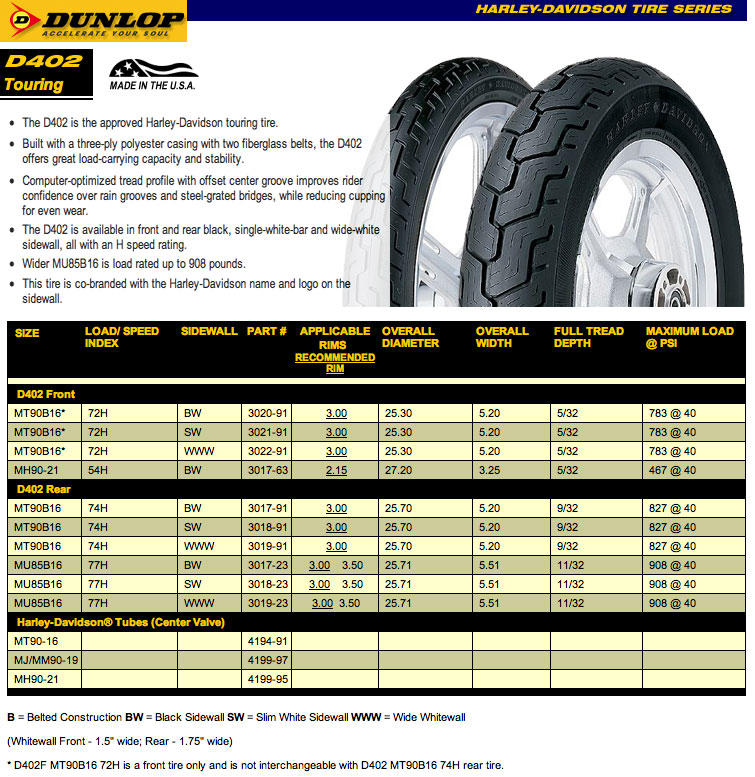 nine0006
nine0006
Front and rear tires must have different pressures and this is important to understand before handling the pump. The owner's manual of any bike always indicates the optimal pressure for cold tires, so if you measure the indicators immediately after the ride, do not be surprised that the pressure gauge will show different values - the air inside has warmed up and expanded.
The manufacturer indicates all parameters of cold rubber inflation on the table on the motorcycle frame or in the user manual. They vary depending on the type of motorcycle, but, as a rule, the data varies between 2.0-2.5 atm for the front wheel and 2.2-2.9Atm for rear. If you plan to put another person on the bike, we recommend inflating the tires by 0.2 atm.
| Wheel size | Pressure, front/rear, kgf/cm2 (atm) | |
|---|---|---|
| Normal load | Full load | |
| 100/60-10 | nine0062 2.3/2.4 | |
| 130/60-13 | 1.8/2.0 | 2.0/2.2 |
| 130/70-12 | 2.2/2.3 | 2.3/2.4 |
| 120/70-12 | nine0062 2.3/2.4 | |
| 110/70-12 | 2.2/2.3 | 2.3/2.4 |
| 120/80-12 | 1.8/2.0 | 2.0/2.2 |
| 130/70-10 | nine0062 2.0/2.2 | |
| 100/90-10 | 1.9/2.1 | 2.0/2.2 |
| 120/90-10 | 1.8/2.0 | 2.0/2.2 |
| 130/90-10 | nine0062 2.0/2.2 | |
| 3.0×10 | 1.75/2.0 | 2. |
| 3.50×10 4PR | 2.5/2.5 | 2.6/2.6 |
Hot pressure depends on many factors up to the riding style of the rider, so they will have to be selected individually for each specific case:
To begin with, inflate the tires to 2-2.3 atm, given that for the rear tire the pressure should always be 0.3 atm more than for the front.
Ride at your normal pace for 10-15 minutes. The pressure in the rear and front tires should increase by an average of 0.2 atm.
Then use the pressure gauge again: if it shows a value within the normal range of cold pressure, then you have achieved your goal. If it is higher, then lower the wheels, if lower, pump up. Measure tire pressure and adjust the amount of air inside until you get the result. nine0006
If you notice a slight discomfort immediately after the start, this is normal.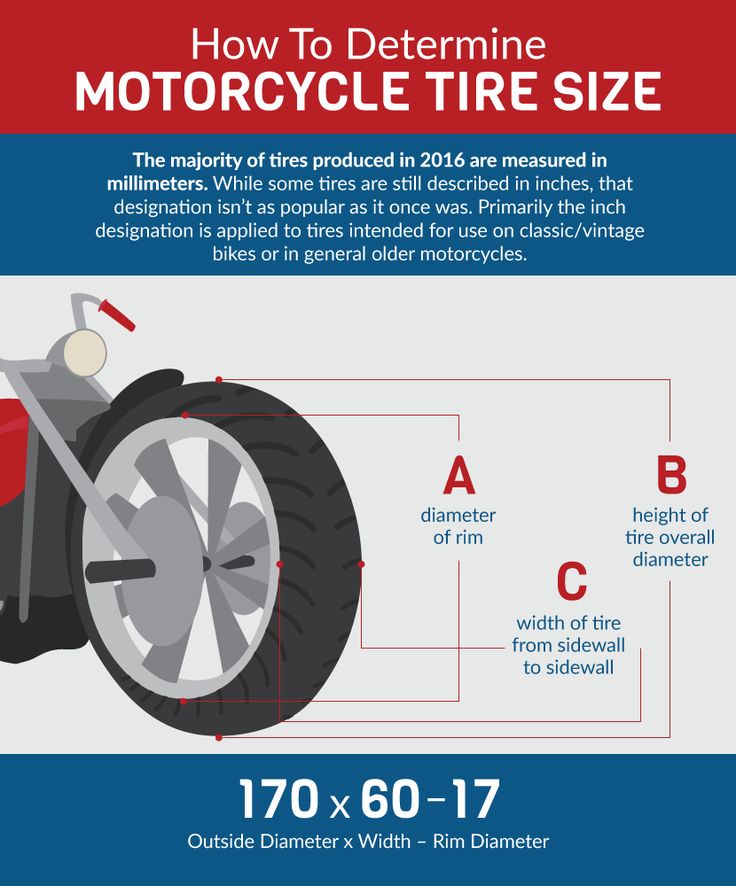 The rubber needs to warm up a little and after five minutes everything will return to normal.
The rubber needs to warm up a little and after five minutes everything will return to normal.
If you overinflate your tyres, get ready for the fact that the contact patch will decrease, and with it the traction will deteriorate, the ride will become much harder, there will be a possibility of vibration, and the load on the suspension will also increase significantly. Riding in over-inflated tires on a wet road is quite dangerous, because due to the small contact area, the motorcycle will begin to skid in corners and brake poorly. The most unpleasant consequence will be a deterioration in strength and wear resistance. Motoshina can even explode when driving on hot asphalt - one pebble can cross out everything. nine0006
Increased tire pressure is used only in two cases: if there is another passenger on the motorcycle or during long high-speed races.
Under-inflated tires have their own list of problems: their contact patch may be larger, but due to its irregular shape, it wears out and deforms extremely quickly. Of the useful qualities of rubber, handling, maneuverability, directional stability and fuel consumption are seriously affected. In the end, if you do not correct the pressure in the motorcycle tires, everything will end with a cord detachment. If your motorcycle has wheels with chambered tires, then insufficient inflation of the chambers will sooner or later lead to accidental disassembly. nine0006
Of the useful qualities of rubber, handling, maneuverability, directional stability and fuel consumption are seriously affected. In the end, if you do not correct the pressure in the motorcycle tires, everything will end with a cord detachment. If your motorcycle has wheels with chambered tires, then insufficient inflation of the chambers will sooner or later lead to accidental disassembly. nine0006
Riding on underinflated tires is practiced only on special enduro sports bikes for off-road stunts.
However, in order to calmly control a motorcycle, it is not enough just to set the correct tire pressure and calm down on this - we also recommend that you refer to the speed index table.
| Speed index | Maximum speed, km/h nine0516 |
|---|---|
| A | 40 |
| B | 50 |
| C | 60 |
| 65 | |
| E | 70 nine0059 |
| F | 80 |
| G | 90 |
| J | 100 |
| K | 110 |
| L | nine0005 120 |
| M | 130 |
| N | 140 |
| P | 150 |
| Q | 160 |
| R | 170 |
| S | 180 |
| T | 190 |
| U | 200 |
| H | 210 |
| nine0005 V | 240 |
| W | 270 |
| Y | 300 |
| VR | >210 |
| ZR | >240 |
| (W) | >270 |
| Z | >300 |
It is forbidden to put tires with a low speed index on high-speed motorcycles - they may not cope with the capabilities of the motorcycle, which will not lead to anything good.